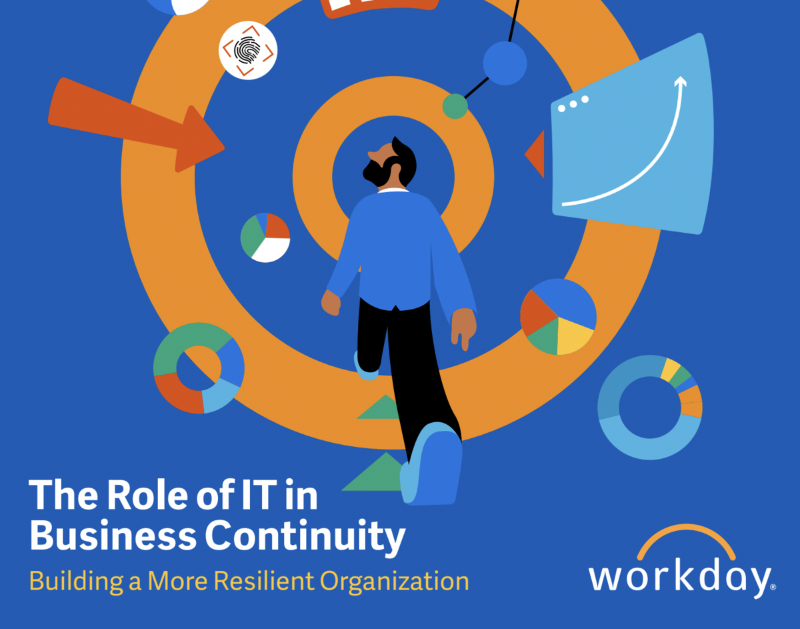The Role of IT in Business Continuity
Published on 17 Aug 2022

The year 2020 taught us that technology requirements could change drastically in the blink of an eye. Changes in labor force demands can exert sudden pressure on mission-critical business systems. Clearly, organizations require systems they can rely on to the scale and evolve, regardless of how the world, workforce, or workload changes.
IT has the opportunity to take a step back and reevaluate practices established out of necessity as we move toward recovery. As IT leaders evaluate what worked and what didn't, only the most robust tools and processes will ensure business continuity the next time IT is required to make a rapid pivot. This issue of CIO Perspectives examines how technology and IT leaders can maintain the smooth operation of their organizations in the present and in the future.
Five Technologies to Watch in 2022
2020 will likely be remembered as the year in which digital transformation attained escape velocity. During the height of a global pandemic, technology took center stage as businesses scrambled to serve customers, ensure business continuity, and support employees. Technology evaluations and implementations that had previously required months or years to complete were often reduced to weeks or even days. This pandemic taught us how crucial technology is to the success of businesses today and in the future.
As part of this process, we have also realized that preparation and planning pay off. Companies are now investing in technology for digital transformation and crisis preparedness because, if we've learned anything, a global crisis can occur at any time with little to no warning.
As the world focuses on recovery in 2021, the investments made by businesses in response to the pandemic have laid the groundwork for a year of rapid enterprise technology adoption. Companies are seeking to upgrade their digital core technologies in order to gain the agility necessary to advance. In the following respects, I anticipate machine learning (ML), next-generation analytics, and employee experience technologies to make enormous strides this year:
The emergence of explainable AI/ML
Because the majority of AI/ML models are opaque, users and developers lack insight into why the models make the judgments they do.
In the workplace, machine learning is being built and developed to supplement employees in their positions by identifying the most suitable applicants for a post, detecting an abnormal or high-risk financial transaction, or advising your next career move.
However, widespread acceptance of these solutions will not occur unless confidence in the underlying technology is established, which can only occur if the motivations for a particular prediction are communicated to the end user.
Adaptability facilitated by automation
In 2021, it will become more important for IT executives to automate processes and activities that flow through business systems in order to decrease friction and boost productivity.
CIOs work to quickly realign their enterprise systems to new processes, ways of working, and revenue opportunities; ensure the ongoing health and safety of their workforces; fill critical talent gaps, and ultimately expand the capacity of their workforces, automation technologies will gain greater traction.
In fact, Workday's latest organizational agility survey reveals that over two-thirds (64%) of businesses have made headway in integrating AI, ML, and automation technologies meant to improve processes and enhance labor capacity.
Download Workday's whitepaper to learn more about The Role of IT in Business Continuity only on Whitepapers Online.
